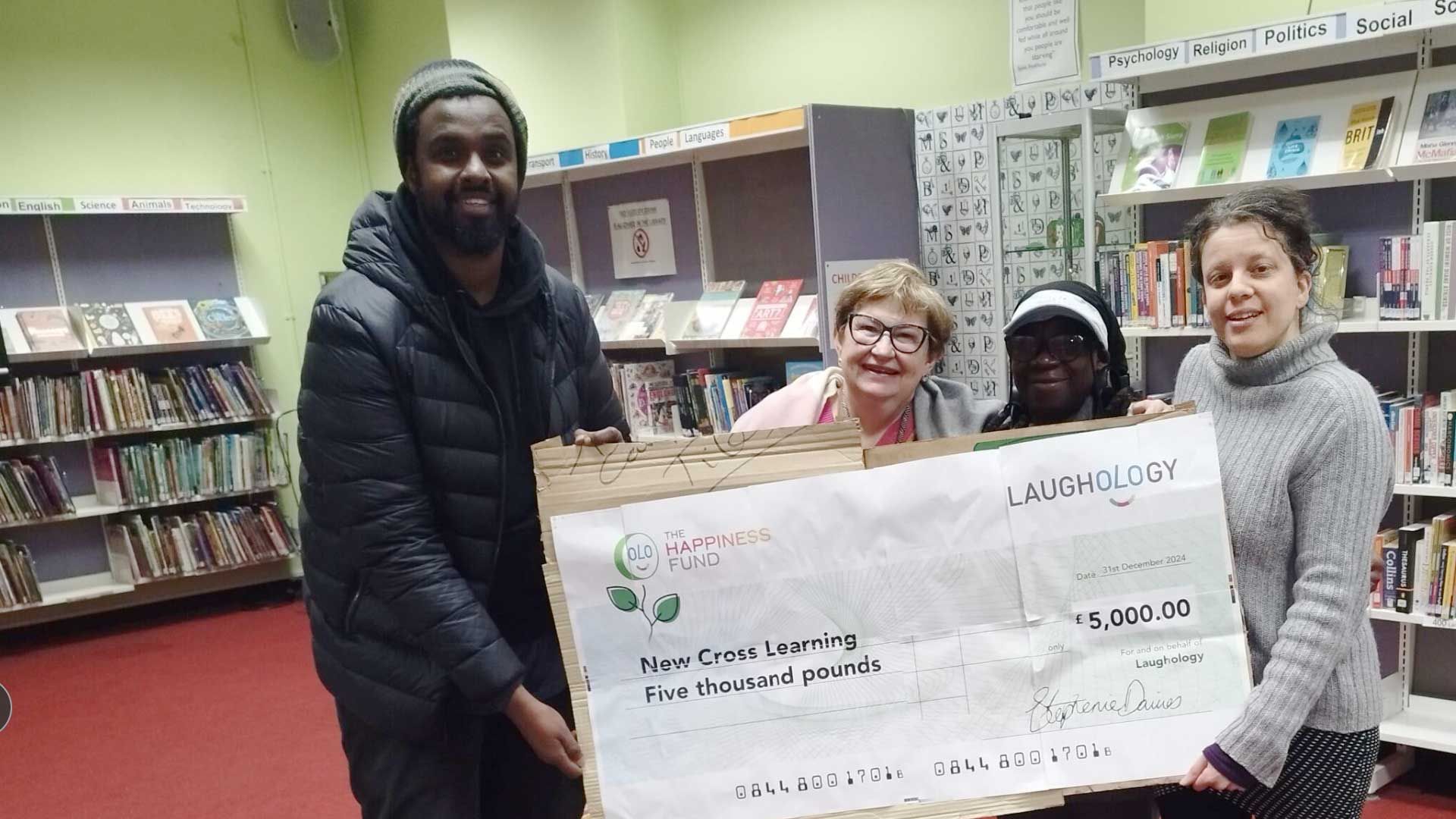Happy Habits: Taking the Stress Out of SATs

A few days ago, I sat with my 11-year-old niece for a family Sunday lunch; she was unusually quiet. At first, I put it down to her attempt to sneak her carrots to her canine companions, lying loyally by her feet. When asked if she was ok, she began to cry. No, she hadn’t been caught orange-handed - it was her impending SATS…
I should preface this by saying my niece is dyslexic, and the idea of not finishing her test in the allotted time knotted her stomach. Somewhere between her roast chicken and a Yorkshire pudding, she had ruminated so much that she’d convinced herself she would fail.
“Will I fail if I don’t answer every question?” she sobbed. I was alarmed; this usually happy and confident girl looked crestfallen and scared.
I am sure this is a situation many parents, family members and teachers have faced before. This certainly isn’t my first encounter with a young person displaying anxiety around exams, and it can be particularly challenging for you as teachers to individually coach students through these tough times - and even more pressure when exasperated but well-meaning parents turn to you for advice.
The truth is, there is no “quick fix” to suddenly transform a student from a quivering wreck to exam warrior supreme. Ideally, we want our pupils to thrive in school and, dare I say it, even enjoy it! After all, experience tells us we learn better and think faster when happy. Breaking a cycle or pattern of negative thoughts and behaviours takes practice, but it can be done over time.
And the more we do these things, the quicker we tap into our growth mindset.
Breaking old patterns of behaviour
To break patterns of behaviour, forming new habits is vital. It can take time and effort to begin with, but over time, these new habits will feel effortless. Much like hiding vegetables in mashed potatoes helps to get vitamins in your body (or so my mother told me), we can get creative by integrating these exercises into our everyday lives.
The best part is it shouldn’t take up too much time, energy or brain power on your part, but it can deliver some well-needed dopamine to your students!
Here are my suggestions to help you filter some happy habits in your classroom every day without them even realising. These would work great in a primary school or during form time in secondary schools.
Get creative with your registers
Instead of the usual “Here” or “Yes, Sir/Miss”, try something more creative. The odder, the better! For example, ask them to think of another name for a snake that isn’t “snake”. For example, “Danger rope”. You could award a “prize”, such as house points or similar, for the most imaginative or amusing. The responses are likely to be bizarre, which will cause people to laugh, trigger positive thoughts, and, in turn, tap into a growth mindset!
Find an empty tissue box and place it next to the scrap paper draw.
Encourage the children to nominate their “hero of the week” (or day!) and pop it in the box whenever they experience something amazing from another student. At the end of the day (or week) or even at the beginning, pull some of the notes out and read them aloud to everyone else. This will not only feel great for the students receiving the praise but hopefully encourage others to get involved, too.
Create a peer-to-peer support network
This can be great to set up as part of a PSHE lesson. Allow the children to think of a skillset they excel in, it could be academic (like maths), more practical (like shoelaces) or even social/emotional (like listening).
On a visual board in the classroom or e-space online, the students can collate and list the skills they feel confident in helping others with. For example:
- Name: Alison
- Skills: Writing & pritt-sticking
- Ask me for help when: You’d like support with spelling or need a hand with crafting!
This peer-to-peer support over time will not only acknowledge and strengthen the skills that they already possess but can also give them a boost whenever someone asks them for help. Hopefully, this will also promote a psychologically safe space within the classroom, eradicating the fear of asking for assistance without ridicule.
“Don’t judge. Teach. It’s a learning process.” ― Carol S. Dweck, Mindset: The New Psychology of Success
Helpful Habits for Happier Minds
These habits are designed to boost confidence and morale within the learning environment without altering learning perimeters or lessons (unless, of course, you want to!)
Hopefully, these ideas are enough to get you started or have even sparked a better idea! I suggest introducing habits like these one at a time! Sometimes, trying everything all at once can be overwhelming. Try one for a few weeks and see how it feels before adding another.
Ultimately, these small additions could lead to more positive impacts on the children you work with, meaning that they grow in confidence, independence and resilience, and your time can be spent doing what you do best - teaching!
Check out the free self-confidence resources here - and if you want to have one of our Happy-Centred Schools team in for an INSET day, reach out to Doug via













